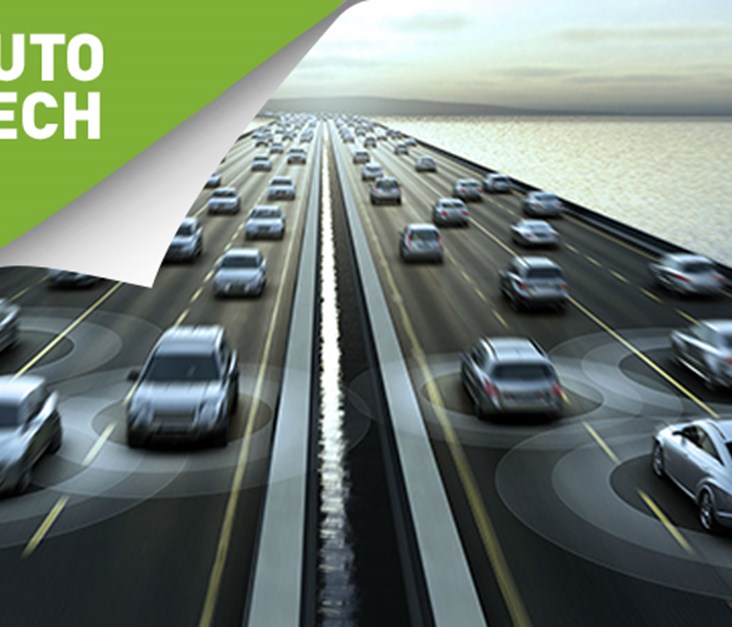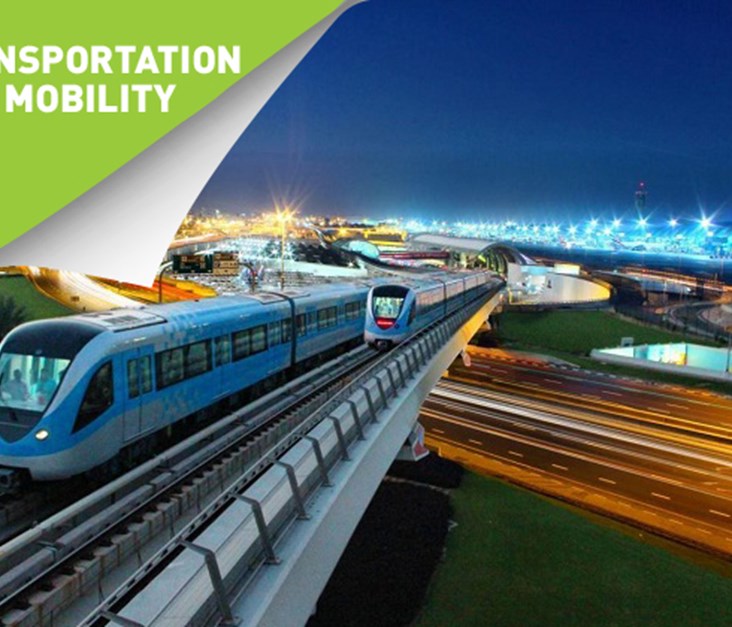The Impact of AI on the Automotive Industry
Back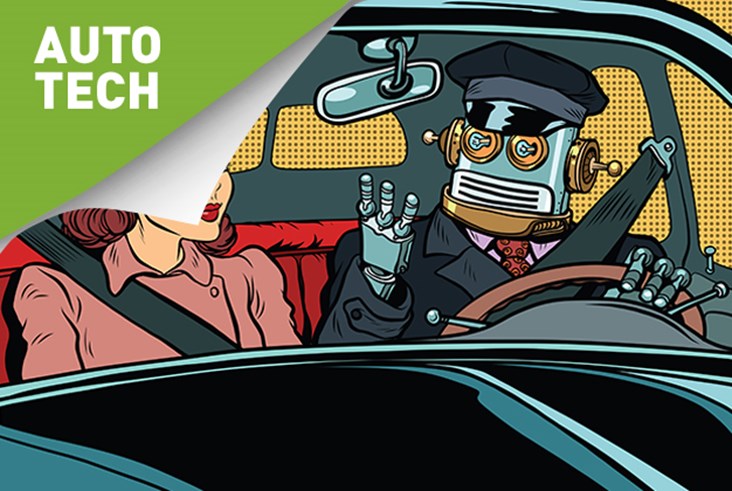
Artificial intelligence (AI) is the simulation of human intelligence by machines and has become one of the hottest technologies in recent years. Most industries have become keen on capitalizing on the recent advances in the technology, investing heavily in R&D, forming partnerships with tech companies and acquiring AI tech startups left and right. Ever since artificial intelligence made its way to the automotive sector, the industry has been transforming drastically, bringing about some of the most innovative auto tech features to date.
Autonomous Vehicles
With the release of a fully autonomous car inching its way to existence, it is important to point out the importance of AI technology in making such a feat come true.
Computer Vision
In enabling autonomous driving and most ADAS features, AI provides vehicles with what is known as “computer vision”. The ability of vehicles to identify various objects, scenes and activities in unconstrained environments is one of the key technologies in today's race to autonomy. Of the various AI technologies in vehicles, computer vision is the most complicated and advanced. Vehicle ‘vision’ is handled by a plethora of cameras, radar sensors and LIDAR units. However, all this data input is useless without the brain. The vehicle’s computing power, made up of complex machine learning algorithms makes up the vehicle’s AI.
The machine learning algorithms are based on object tracking and sophisticated pattern recognition applied to input from computer vision. Computer vision constantly analyzes the environment and feeds perceived images into the algorithms. The images are then analyzed and the nature of the objects is classified through AI. These algorithms give the vehicle ‘intelligence’, allowing the vehicle to learn object characteristics such as movement, size and shape in order to classify future images with higher accuracy.
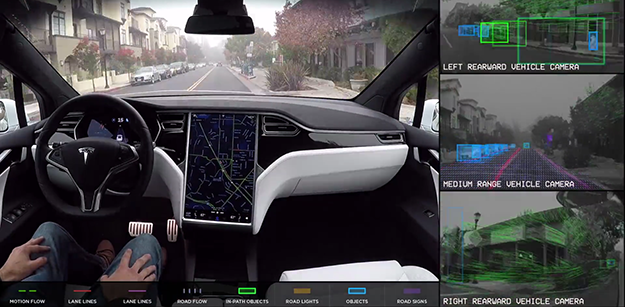
Connected Cars
Autonomy and connectivity go hand in hand when it comes to the automotive industry. Through artificial intelligence, connected cars will soon have the ability to communicate with one another and with road infrastructure as well. V2X communication is mainly split into two categories: V2V and V2I communication. You can find out more about connected car technology by reading our “Cars: Connecting People” piece.
What’s important is the role of AI in V2X communication technology, which is to handle all the back-end computations and analyses in order to provide drivers with accurate and timely data. Machine learning algorithms will track vehicle speed, location, destination and even preferences to provide and relay information. AI will learn your daily schedule, the roads you take and the stops you regularly make in order to provide you with insight before your commute.
Infotainment Systems
One of the most innovative vehicle features available today is the in-vehicle infotainment system and artificial Intelligence has taken IVIs to the next level.
Speech recognition
Speech recognition provides an easier way for humans to interact with technology and in this case, providing the interaction between drivers and their cars. Thanks to deep learning algorithms, speech recognition technology has come a far way. So how does AI work with speech recognition? First of all, your voice is interpreted as sound waves. These sound waves are then converted into code which the algorithms then interpret. After the code is fed, speech is compared to existing samples usually stored in the cloud (where most AI computing power is found) in order to determine what is being said.
Thanks to AI, speech recognition software will immediately start to update speech samples the more the driver uses it, taking into account how specific words are pronounced and the tone of the user’s voice. The technology’s capability of learning your distinct accent and pronunciation of words also provides outstanding accuracy and precision. AI also helps speech recognition technology recognize speech context and tone. For example, when replying to a text, speech recognition will understand whether you are posing a question or not and will automatically place punctuation marks as needed.
Virtual Assistants
The advancements in speech recognition have paved the way for in-vehicle virtual assistants. First introduced on smartphones, they are now slowly making their way to IVIs. At first, drivers were very limited with what they could do with speech recognition technology, but today, virtual assistants allow drivers to ask for directions, get general information and even adjust their seating position and A/C settings. Google Assistant and Siri, recently introduced to the automotive industry, prove to be the most advanced virtual assistants on the market in terms of artificial intelligence. Read more about Google and Apple IVIs here.
The Google Assistant, for example, requires the activator “Okay, Google” to initiate. The assistant will recognize your voice and adjust vehicle settings and recommendations specific to you. This allows the Google Assistant to manage multiple users and their preferences. By learning driver preferences, habits, routines and even tracking your location, route and destination, virtual assistants can make recommendations on-the-go. It can remind you to pick up items on your way home, recommend restaurants in your area or even place your coffee order while you're on your way to your local coffee shop.
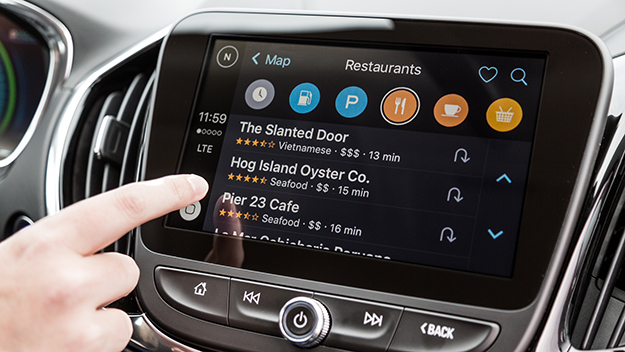
The Automotive Industry
The advancements in AI technology have not only impacted vehicles themselves but also the automotive industry as a whole.
Smart robotics
With the help of AI, automotive assembly lines are becoming more efficient, productive and cost-effective. The use of smart robotics on manufacturing floors has transformed vehicle production, making the manufacturing process increasingly automated. During the manufacturing process, time is crucial and these intelligent automated robots help tremendously. Robots have been present in auto manufacturing for years but the increasingly artificially intelligent robots being produced today will have a significant impact on the automotive industry.
Smart robots can operate independently and carry out difficult tasks such lifting heavy material or completing installations where detail, speed and precision are critical. With their ever-improving cognitive abilities, smart robots will be introduced to undertake more complex problems and will contain intelligence that even enables decision-making. Future smart robots will be mobile and intelligent enough to be capable of collaborating directly with human coworkers, such as handing their human counterpart a wrench when they need it.
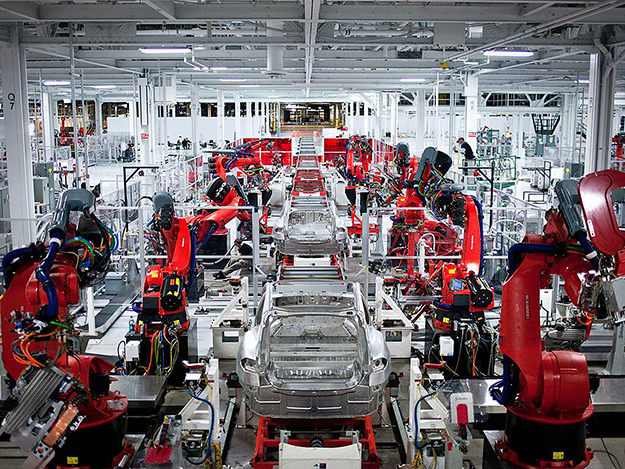
Intelligent Auto Insurance
In the car insurance industry, accurate risk assessment is paramount for the business, which is why insurance companies have now partnered with automotive and technology companies to help identify risky drivers. One of these partnerships involves Nauto, a technology developer, BMW iVentures, the Toyota Research Institute, and insurance company Allianz Group. Through the use of AI technology, Nauto is developing a cloud-based platform capable of tracking driver alertness, behavior, near misses and unsafe driving habits.
This platform will help insurance companies identify risky drivers, which will surely result in adjusted insurance policy premiums. Nauto’s AI platform not only helps insurance companies but also has numerous applications. One sector where such technology would be of use is the fleet management business. Fleet companies would be capable of monitoring their drivers and managing their vehicles more safely and efficiently.
AI Automotive News
With the way the future is headed towards artificial intelligence, automotive companies are in a frenzy to offer their own AI tech as soon as possible. Like with most technology that requires heavy investment in time and money, automakers are following the same strategy: “If you can’t beat them, join them.” Numerous partnerships have formed as well as AI start-up acquisitions.
For instance, one of the largest AI partnerships to date is that of Mercedes-Benz and Audi partnering with GPU-maker Nvidia. With a specific focus on deep learning and AI, all companies involved hope to take Nvidia’s numerous AI features to the next level. These include Co-Pilot, a system that combines facial recognition, gaze tracking and more to help assist human drivers and increase driver safety. There are a plenty of more noteworthy partnerships:
- Ford’s joint venture with Argo-AI, a start-up with ties to Cernegie Mellon
- Google’s acquisition of Deep Mind, a deep learning startup from Cambridge
- BMW’s partnership with Baidu, the leading Chinese search-engine company

Conclusion
Artificial intelligence in the automotive industry is still in its infancy and still has a long way to go, but such technology has great potential. The transformative nature of AI has hit every industry you can think of and has every stakeholder and VC investing both time and money in the technology. AI’s automotive applications will enable future cars to better understand our needs and be able to react and learn from us just as humans do. Though considered a niche space, AI opportunities and applications are endless which is why so many AI start-ups are coming about. With the increase of interest and more companies joining the AI space, expect to see more use of this technology in future.
Latest Business
Intelligence Report












